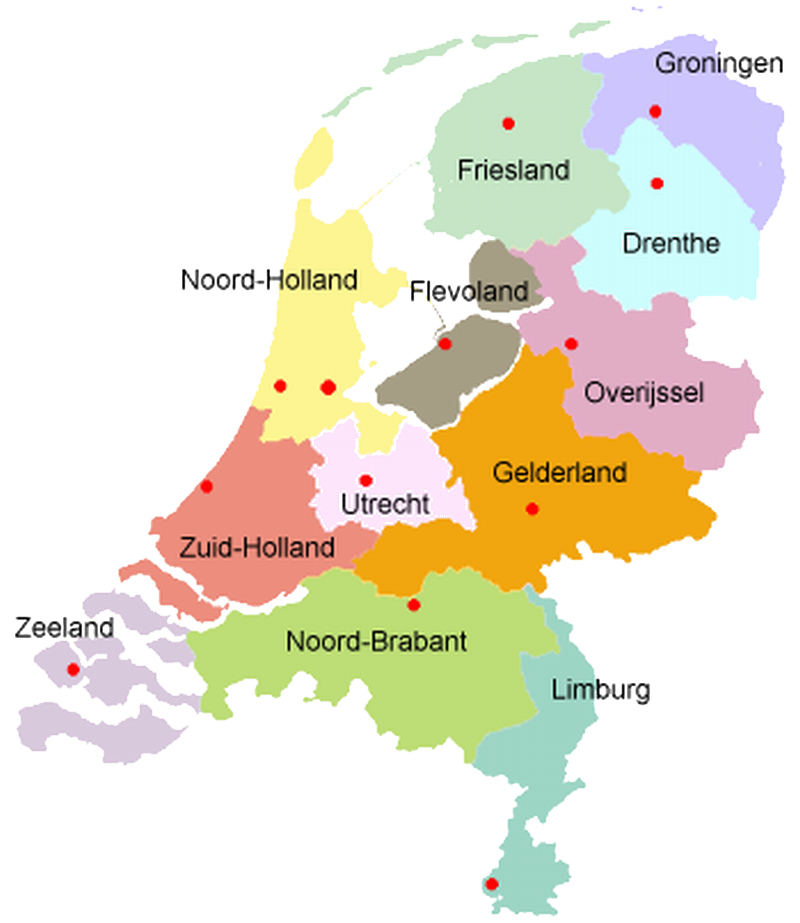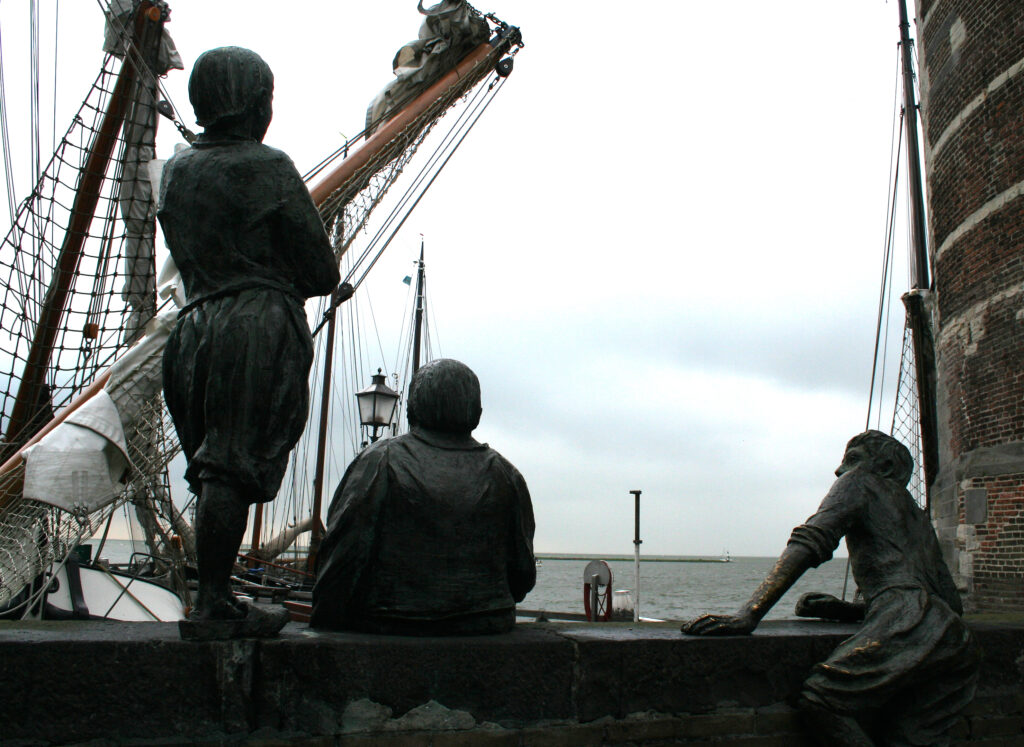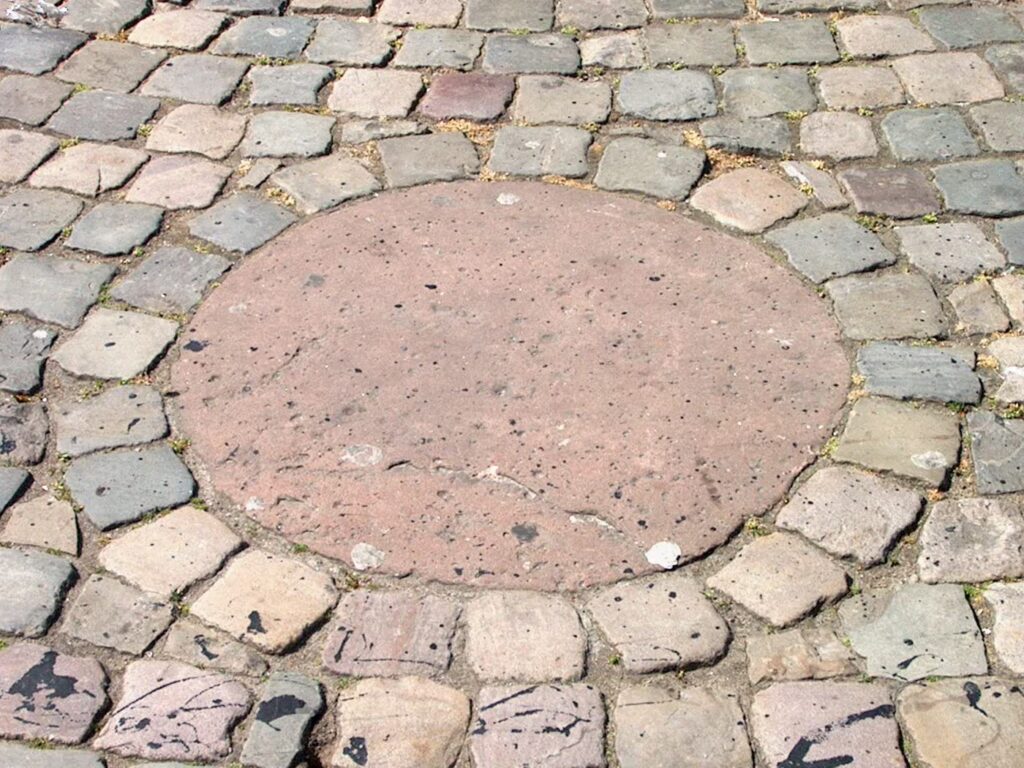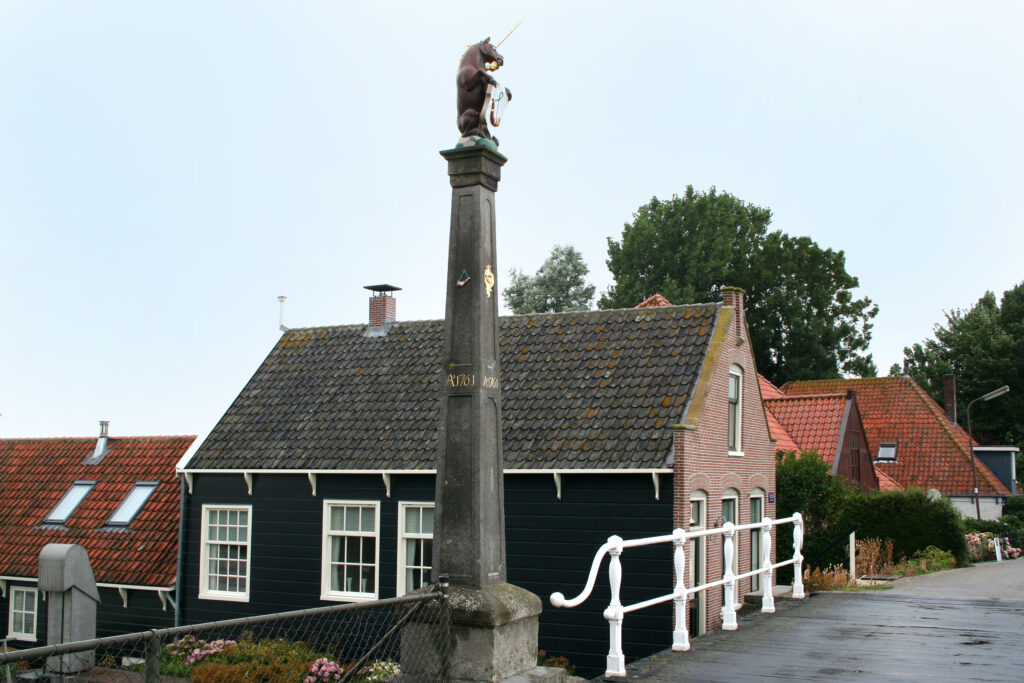hoorn
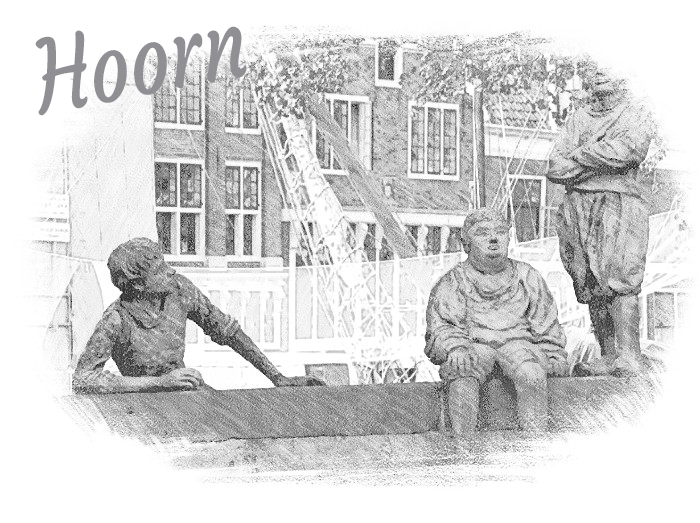
unique blend of cultural heritage and beauty
Along the shores of the Markermeer in North Holland, the picturesque town of Hoorn stands as a timeless gem in the Netherlands. Steeped in history and charm, this delightful destination offers visitors a unique blend of cultural heritage and natural beauty.
Hoorn’s rich maritime past is evident in its well-preserved 17th-century architecture, showcasing imposing gables, ancient bridges, and picturesque canals. The city once played a pivotal role in the Dutch Golden Age and was a bustling trading port during the Dutch East India Company’s heyday. Today, visitors can explore this fascinating history at the Westfries Museum and the Hoorn-Medemblik Steam Tram, a nostalgic journey through time.
Besides its historical treasures, Hoorn boasts a vibrant cultural scene. The harbor area is lined with cozy cafés, restaurants, and boutique shops, where locals and tourists gather to enjoy the fresh sea breeze and soak in the charming ambiance. Hoorn also hosts various festivals and events throughout the year, celebrating its rich heritage and diverse community.
Nature lovers will find solace in the surrounding countryside, dotted with picturesque windmills, flower fields, and lush meadows. Nearby recreational areas, such as the Egboetswater nature reserve, offer a chance to unwind amidst the serenity of nature.
Whether you’re a history enthusiast, a culture buff, or simply seeking a tranquil retreat, Hoorn promises an unforgettable Dutch experience that captures the heart and soul of Holland.
Statues of Bontekoe's cabin boys
Java Ho!: The Adventures of Three Boys Amid Fire, Storm and Shipwreck (Dutch: De Scheepsjongens van Bontekoe, lit. ‘The Shipboys of Bontekoe’) is a juvenile fiction novel by Dutch author Johan Fabricius, first published in 1924. The book was the basis for a movie of the same name released in 2007. The events in the book are loosely based on the journal (first published in 1646) of Dutch captain Willem Bontekoe (1587–1657) and concern three young boys, Hajo, Ralf , and Padde, who have sailed to the Dutch East Indies aboard the Nieuw Hoorn. Due to an accident caused by Padde the ship is wrecked, leaving the boys to fend for themselves in the East.

wESTFRIES MUSEUM
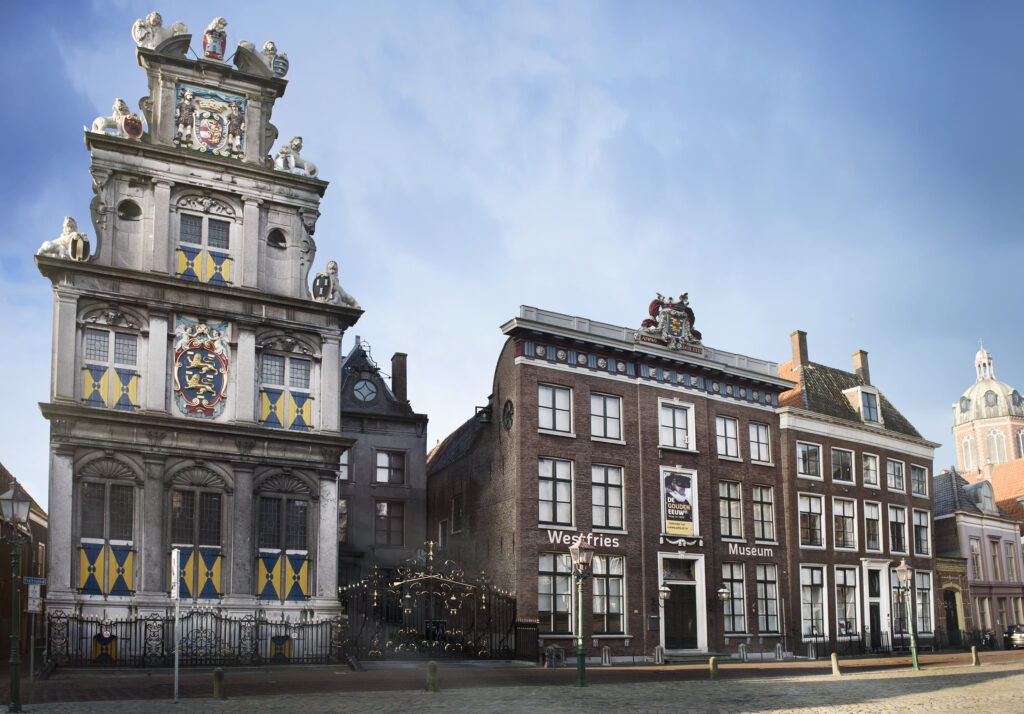
Jan Pieterszoon Coen
One of the most famous employees of the VOC is Jan Pieterszoon Coen. He was the fourth governor-general of the East Indies and is regarded as the founder of Dutch rule in the Indies archipelago. He founded the trading post Batavia. In 1621 Coen took a hard line against the Bandanese who, under pressure from the English, did not fulfill their spice contract. He traveled with a large fleet to the Banda Islands. Although the population fled, few escaped. It is estimated that only 600 of the 15,000 Bandanese survived the attack. It is known that during this genocide the VOC ordered Japanese samurai executioners who were employed by the VOC to behead dozens of village heads. Jan Pieterszoon Coen, who had secured the monopoly on the trade in nutmeg nuts and mace.
The opponents would prefer this former criminal to be pulled from his pedestal.
tHE HOOFDTOREN
The Hoofdtoren is one of the last defenses in Hoorn in North Holland that has been preserved. The tower is named after the nearby Houten Hoofd jetty, which was built in 1464.[1] Nowadays (2015) a restaurant is located in the tower.
The tower stands at the harbor of the city. It was built in 1532 from Gobertanger limestone and brick. In 1614 the tower lost its defensive function and the Nordic Company moved into the tower. The turret was also placed on the roof around this time. It was built after the example of the tower of the Amsterdam Zuiderkerk. In 1632 the tower was struck by lightning, after which it was destroyed by fire. The tower was then completely rebuilt.
oLD HARBOR
The VOC past of Hoorn is still clearly visible in the monumental buildings and the cabin boys of Bontekoe in the old Binnenhaven of Hoorn. Bordered by the Veermanskade, the Oude Doelenkade and the Baatland, the old harbor front forms a beautiful backdrop.
tHE RED STONE
De Roode Steen is a central place for events and catering. The Red Stone is named after a stone on which executions took place. The original stone is in the Westfries Museum, a replica has been installed on the square.

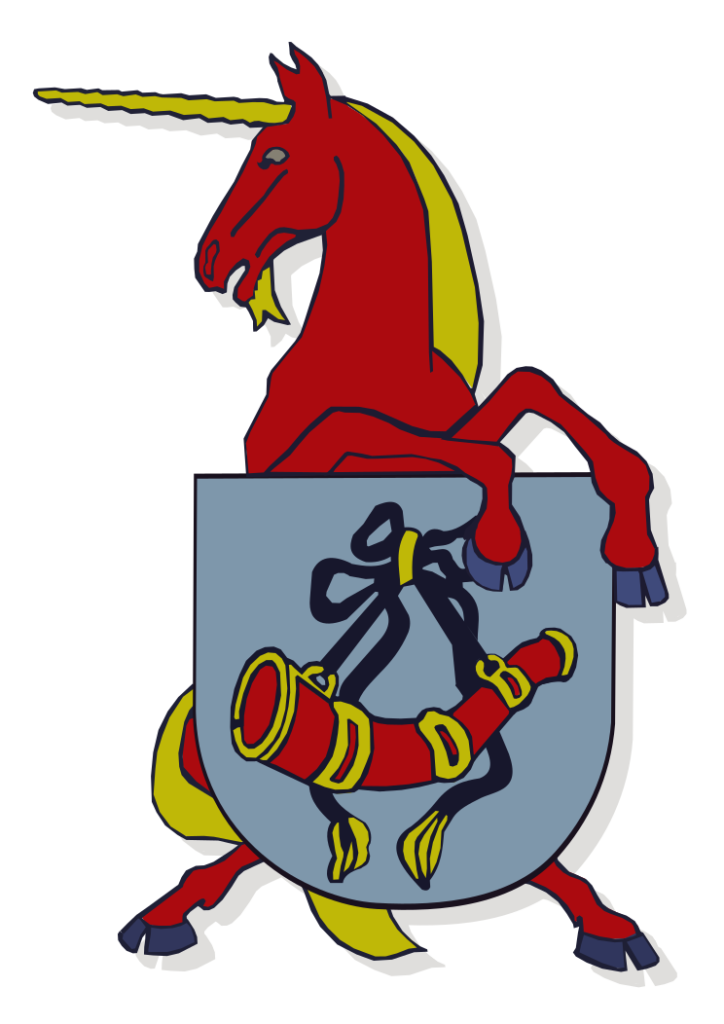
The actual weapon, a unicorn with a shield, (music) horn on a bow. According to a folk tale, it is the horn of a bull that had fled from Monnickendam and lost the horn when a city gate in Hoorn was pounded in. Seeing the horn, the sheriff decided that it should enter the coat of arms of the city, which had no weapon yet.[2] The horn makes the weapon a talking weapon.

BAN POST
‘Ban’ means ‘to expel’ or ‘expel’. Banned persons were no longer allowed to enter the ban area (jurisdiction) of the city in question. They were called exile or exile. From then on, these persons lived in exile. They had been ‘banned’ by pronouncing the ‘ban’: a sentence of ‘exile’, or ‘excommunication’. They were no longer allowed to stay within the area marked by banposts. Ban posts were located at or near the border of the ban area.
Banishment is therefore a form of punishment, intended to no longer bother someone. If he nevertheless moves within the bans of the area from which he was banned, he is punishable and can, for example, receive a prison sentence or even the death penalty.
weigh house
The weigh house in Hoorn was built in 1609 to a design by Hendrick de Keyser on the Roode Steen square. It is very likely that he also designed the statue of the unicorn with the city coat of arms and possibly carved it himself.] It is certain that the unicorn was already vermilion when it was completed in 1609.
The building was the center of the cheese market, which was held weekly from the second half of the seventeenth century. Hoorn’s importance as a seaport declined, but as a trading center it started to play a greater role. The sold batches of cheese were weighed there, but everyone could also have their other goods weighed here under supervision. In the heyday of the Hoorn cheese market, up to 3 million kilograms of cheese was traded here annually






